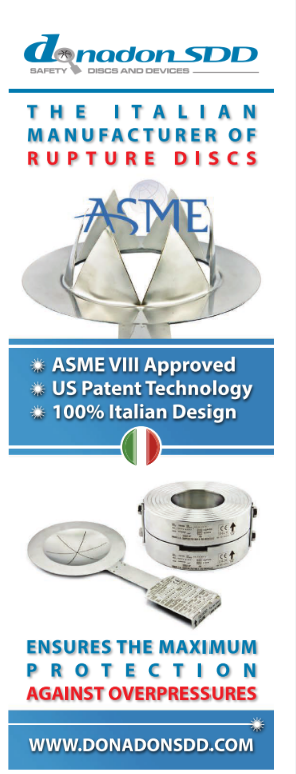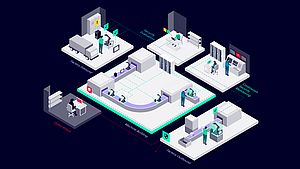Chemicals are an integral part of shaping a sustainable future, from new materials to more efficient energy use. As a major driver, the chemical industry is playing a key role in this development - and it's committed to ambitious targets for tackling climate change and conserving resources. In addition to the defossilization of its production processes, the industry is also planning the establishment of a closed-loop and greenhouse gas-neutral conversion of materials and energy.
This transformation requires a major research and development effort. The industry is supported by the Fraunhofer Chemistry Alliance. At ACHEMA 2024 in Frankfurt, the 15 member institutes will present their process and product developments. The scientists will be demonstrating ways to digitise chemical processes, while promoting a circular economy and increasing safety. Making it easier for companies to scale up their production methods and improving process efficiency in general will also be on the experts' agenda.
ShaPID — Shaping the future of green chemistry
Nine Fraunhofer Institutes have launched an interdisciplinary flagship project called Shaping the Future of Green Chemistry by Process Intensification and Digitalisation (ShaPID). At the joint stand, they will present the results of more than three years of applied pre-competitive research.
The example processes cover a wide range. How do we get from CO2 and biogenic feedstocks to new polymers? How can we achieve energy-efficient synthesis of key monomer building blocks from non-fossil feedstocks? And how can highly reactive species be harnessed for atom-efficient production of key precursors? In this flagship project, specialists are combining complementary technologies from many different fields - synthesis, reaction and catalysis technology, electrochemistry, continuous process engineering, modelling, simulation, process optimisation, digitalisation and automation - into viable solutions and developing tools for objective assessment of how green and sustainable chemical processes and process steps really are.
Dr. Stefan Löbbecke, spokesperson and head of the central office of the Fraunhofer Chemistry Alliance, comments: “This interdisciplinary approach is the key to achieving the necessary technological maturity for new and green processes. In this way, we succeed in providing targeted support to both the companies in the chemical industry and its cooperating sectors in realizing these aims.”
Special hydrogen showcase
The joint Fraunhofer booth will also offer a special hydrogen showcase. It is being organized by the Fraunhofer Hydrogen Network, which pools expertise from across 38 Fraunhofer institutes. One member is the Fraunhofer Institute for Ceramic Technologies and Systems IKTS, which will be presenting the Neo-PEC joint research project at the fair. The specialists will be demonstrating a tandem module that will be able to produce green hydrogen cleanly and cost-efficiently in the future, enabling a decentralized hydrogen supply. The reactor operates self-sufficiently, generating hydrogen from sunlight and water. The technology needs no expensive electrolyzers and can be scaled to any size. Its core features a modular design, which allows units to be linked together into larger areas.
These and many other solutions, projects, and research findings will be presented by the Fraunhofer experts at the joint Fraunhofer booth, D49, in Hall 6.0 from June 10 to 14.

























































